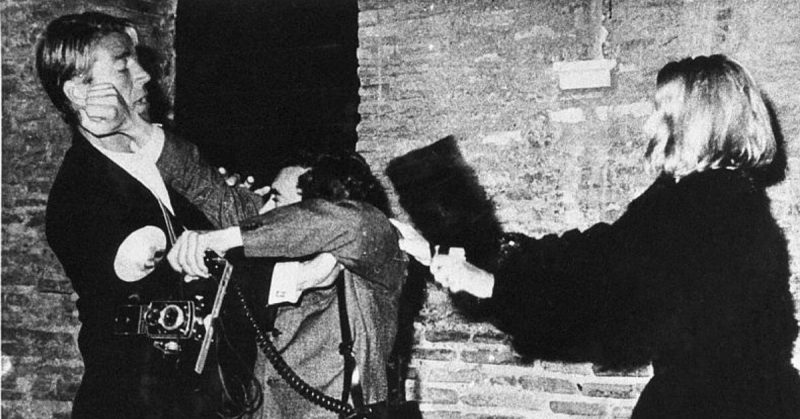In a time following the great turmoil of WWII, a new social phenomenon came to light.
The term “playboy” was used throughout the 19th century for various reasons, but it wasn’t until the 1950s that it embodied the extravagant “womanizers” whose pocket was deeper than a rabbit’s hole. Every society has its celebrities, but these are especially famous for their lavish lifestyle. Once the intercontinental flights were made available, and the term “jet-set” was coined, the young and the rich considered the world to be their oyster.
They often came from different backgrounds but had a few things in common ― looks, charm, money, and exquisite taste. Whether they were tycoons, heirs of industrial empires, royalty in exile, or royalty on vacation, diplomats, perhaps even spies, all these real-life James Bond figures were looking forward to an everlasting party.
From the French Riviera to the Acapulco Beach, they were raiding the casinos and nightclubs, flashing their expensive accessories, arriving in expensive cars along with world-class beauties, and leaving generous tips to waiters and lobby boys in charming hotels they inhabited. The Playboy generation originated directly from the so-called cafe society, a group of well-mannered rich people who spent their time partying in exclusive cafes of New York, London, and Paris in the late 19th century. In this list, we offer you some of the finest bon vivant characters of the “old school” playboys, the ones who shaped the image and the legacy of this particular lifestyle, which can be seen among public figures today.
Howard Hughes
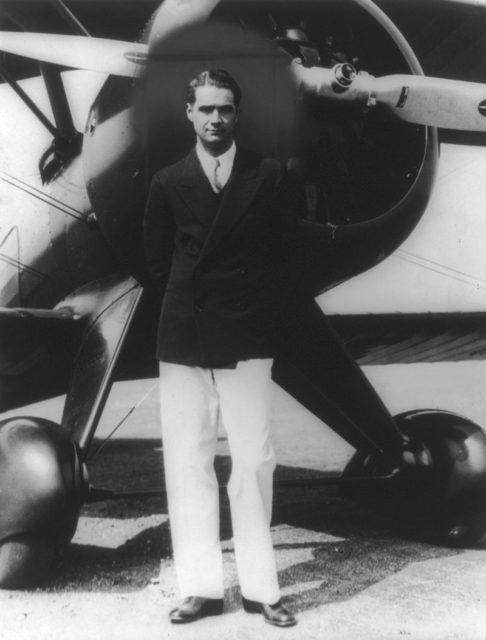
This American businessman was known for his eccentric behavior but remains in history as one of the most financially successful figures ever. A film producer, a philanthropist, an aviation pioneer and above all, a Playboy, Howard Hughes began his rise to prominence in the late 1920s producing several blockbuster films like The Racket, Hells Angels, and Scarface. Hughes was a highly competitive person, and this reflected in everything he did, including breaking the record for flying around the world in 1938. Hughes managed to complete the flight in less than four days. Howard Hughes’s playboy status was constantly confirmed by many love affairs he had had with celebrity figures such as Bette Davis, Ava Gardner, Olivia de Havilland, Katharine Hepburn, Ginger Rogers, Rita Hayworth and others.
He shifted his film career to aircraft production, landing several contracts with the US military during the war years. This lucrative line of work enabled him to become incredibly wealthy, and his eccentric behavior was fueled by the large amounts of money connected to his name. Hughes piloted his own prototype planes and earned himself a reputation of a millionaire daredevil. The public was both fascinated and appalled by his controversial personality, as he was famous for fundamental decisions concerning business interests. Howard Hughes eventually became very reclusive and plagued by his obsessive-compulsive disorder as well as the injuries he had acquired after several plane crashes.
Porfirio Rubirosa
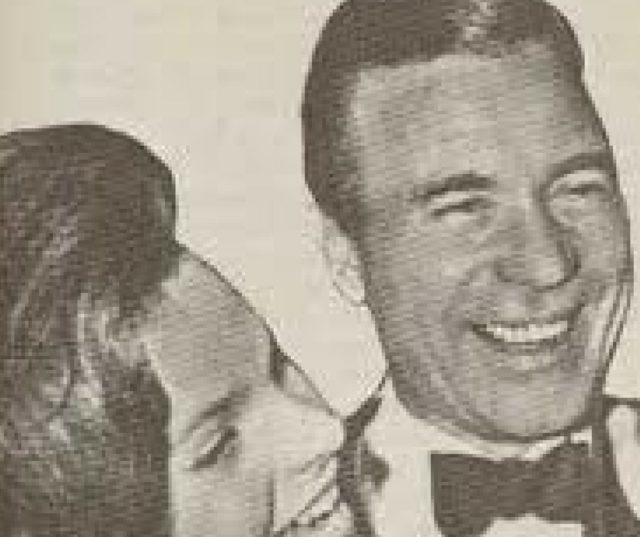
With a name like that, this man was an epitome of comfortable living. Rubirosa was a great Dominican diplomat and a close friend of the country’s dictator, Raphael Trujillo. He held a function called Inspector of Embassies ― a pompous title with the little political influence which enabled him to reside in Dominican consulates all over Europe before WWII. Rubirosa became well-known among the French and German elite as a man valued by the number of women he had seduced.
Considered by some to be Trujillo’s personal assassin, Rubirosa was both feared and respected, while the women simply adored him. He often claimed that he had no time to work, as other worldly pleasures just exhausted him too much. A race car enthusiast and a polo player, Rubirosa acquired his financial might via his spouses, two of whom were considered to be the richest women in the world ― Doris Duke and Barbara Hutton. Besides being married for five times, Porfirio Rubirosa was often involved in numerous romantic escapades which include dating Marilyn Monroe, Ava Gardner, Rita Hayworth, Soraya Esfandiary, Peggy Hopkins Joyce, Joan Crawford, Veronica Lake, Kim Novak, Judy Garland, and Eva Peron. His death came as a surprise in 1965, when he rammed his silver Ferrari 250 GT into a chestnut tree, after partying all night in a Parisian nightclub where he celebrated winning the Polo Coupe de France.
Gunther Sachs
Gunther Sachs was indeed a man of many talents. Born in a wealthy family of industrialists, Sachs dedicated his life to leisure. He was competing in bobsleigh in his youth and then became more interested in photography and documentary filmmaking. The jet-set noticed Gunther after his relationship with the former Iranian queen, Soraya Esfandiary, and his friendship with the above mentioned Porfirio Rubirosa. Sachs was a controversial photographer responsible for the first nude pictures ever to be published in the French Vogue Magazine.
Known for being a dedicated art collector, Gunther Sachs befriended many of the artistic elite in the 1960s and 1970s, mostly associated with Pop-Art and the Nouveau réalisme school. In 1966 he proposed to Brigitte Bardot in a manner, flying a helicopter above her villa on the French coast and dropping hundreds of roses. This over-the-top proposal ended in three-years long marriage, after which Sachs married once again in 1969. After leading an incredible and exciting life, Sachs decided to end it, in 2011, aged 78. The reason for his suicide was presumably the fact that he had Alzheimer’s disease. In his goodbye letter, he stated that he was faced with a horrible illness and noted that “the loss of mental control over my (his) life was an undignified condition, which I (he) decided to counter decisively.”
Fernando Lamas
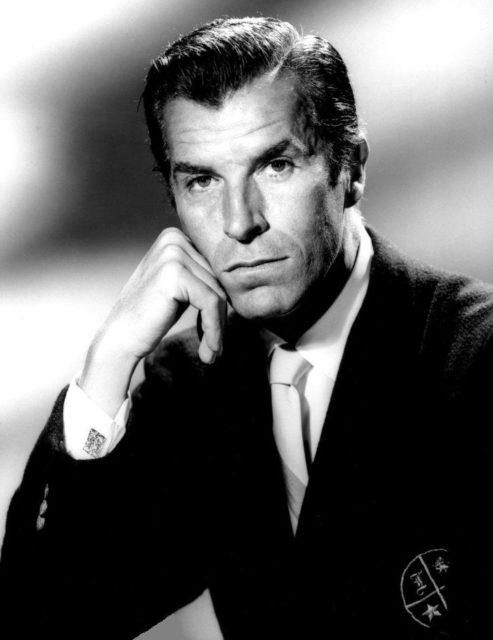
This Argentinean was already an established movie star in his homeland by 1950s when he moved to the USA to pursue roles in Hollywood pictures. Always presented as the “Latin Lover,” his off-screen persona was largely influenced by the characters he had played. His image of smooth-talking gentlemen led him to become a real pleasure-seeker among the Hollywood stars. He was married four times, while constantly nurturing his Latin lover appearance.
Due to his often exaggerated behavior, Lamas was parodied in popular culture via the “Fernando” character developed by Billy Crystal on Saturday Night Live in the 1980s. A fellow actor, Jonathan Goldsmith, who was a friend of Fernando Lamas, based his character on the Dos Equis beer commercial on the legend that rose around Lamas. The commercial titled The Most Interesting Man in the World features older gentlemen surrounded by beautiful women, as he tells the incredible tales of his youth.
Prince Alfonso of Hohenlohe-Langenburg
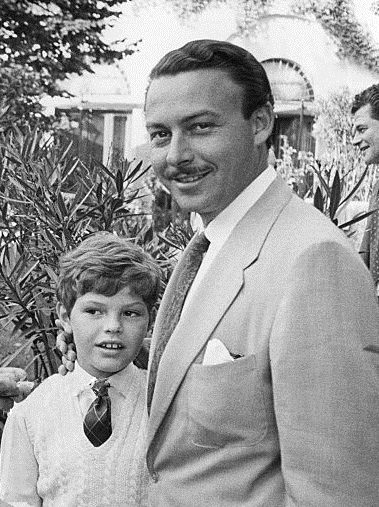
A controversial businessman of royal origin who was the leading promoter of the Spanish holiday resorts of Marbella and Costa del Sol, Prince Alfonso dedicated himself to making Marbella, a fishing village, into a so-called “playground,” where playboys would meet and enjoy life to the fullest. In 1947 he started buying land parcels in the village and soon managed to convince the Rothschilds to partake in the investment. He organized the Marbella Club and the Costa del Sol’s first luxury hotel, which was seen as an exclusive jet-set meeting place.
To keep his wealth, as he was a rapid spender, Hohenlohe married the then 15-years old Ira von Fürstenberg, who was the heiress of the FIAT automobile industry. Their wedding celebration in 1955 lasted for 16 days with 400 guests attending. Even though the marriage was highly controversial due to the girl’s age, Alfonso managed to obtain a papal dispensation by which their marriage was blessed and approved. The couple parted five years later when Ira decided to marry yet another scandalous playboy called Francisco “Baby” Pignatari.
Gianni Agnelli
Giovanni “Gianni” Agnelli, known as L’Avvocato (“The Lawyer”), was one of Italy’s richest people. As a principal shareholder of FIAT, the largest Italian car manufacturer, this man held 4,4 % of the country’s GDP in his arms.
But what attracted the public most about the “Lawyer” was his exquisite, eccentric, and unusual taste in fashion. A true Italian gentleman and a master of sprezzatura, the art of making things seem easy and nonchalant, Agnelli always caught the eye of reporters who loved his combinations.
Clothes are a crucial part of the playboy identity, and Gianni Agnelli held a very special spot in that universe, due to his fashion choices. He would wear a wristwatch over his cuff, or his tie would be out of line while matching hiking boots with suits. Esquire magazine named Agnelli as one of the five best-dressed men in the history of World, and the classic men fashion magazine The Rake was inspired by one of Agnelli’s many nicknames ― The Rake of Riviera.
Apart from fashion, Gianni Agnelli was interested in soccer, sailing, race cars, skiing and horseback riding, typical for playboys of his time. Additionally, he spent much time consolidating the interior design of his many houses with world famous designers.
Prince Aly Khan
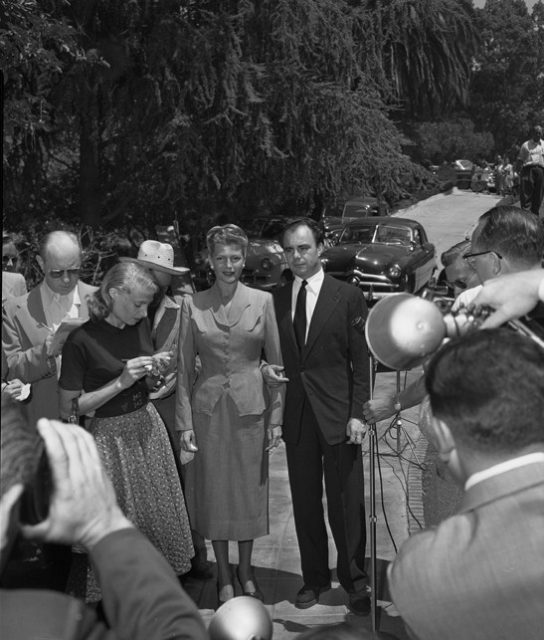
Aly Khan, the son of Aga Khan, who was a highly influential political and religious figure in the Pakistani Muslim community before the country reached independence, was an exotic, well-mannered and well-educated attractive man who had his father’s wits and sense of politics. Before WWII, Aly Khan courted several British women of royal origin, marrying Joan Barbara Guinness, the daughter of the 3rd Baron Churston. He did so, reportedly, to stay out of trouble, as Khan was involved with several women at the time.
During WWII Aly Khan joined the French Foreign Legion, and later the Royal Wiltshire Yeomanry. Aly Khan was decorated many times by the French and American governments. In 1949, he married for the second time, with the famous American actress, Rita Hayworth.
The media covered all of his romances. Thus, Aly Khan identified himself as one of the leading bachelors and playboys of the mid-20th century. In addition to his diplomatic role as the Ambassador of Pakistan and a vice president of the United Nations General Assembly elected in 1958, Khan became a pop culture icon during his youth. In 1960, he died in a fatal car accident.
Alessandro Ruspoli
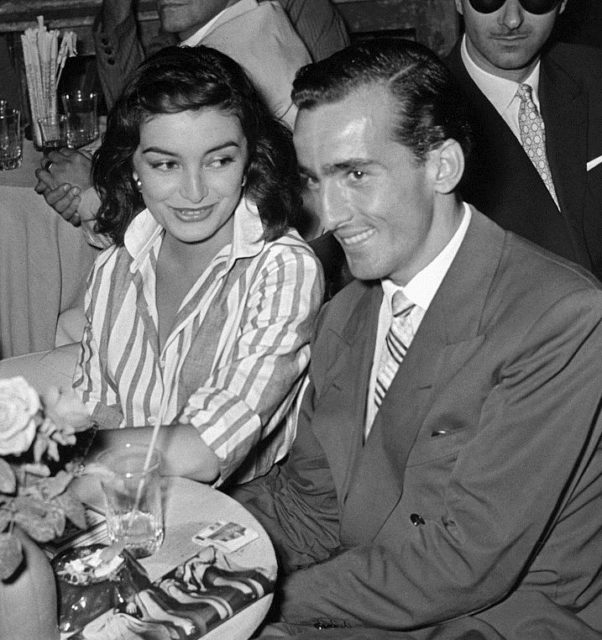
Alessandro “Dado,” Principe Ruspoli was an Italian aristocrat with a taste for high life. Occasionally serving as an actor, he spent most of his time enjoying the riches he had inherited and enjoyed them in the fine company of Brigitte Bardot, Salvador Dalí, Truman Capote, Roger Vadim, Roman Polanski, Emmanuelle Arsan and others. Allegedly, this particular socialite was the main inspiration behind the Federico Fellini’s picture La Dolce Vita, which examines the playboy lifestyle.
Related to some of the largest fortunes in Brazil, inherited by his mother, Claudia de Conti Matarazzo, and holding a lofty title of Prince thanks to his father, Francesco Ruspoli, the 8th Prince of Cerveteri, Alessandro began his wild life during the 1950s and 1960s, joining the European playboy elite.
The prince started his acting career rather late, in the early 1990s, when he appeared as a leading role in the film The House of Smiles, which won the Golden Bear Award at the Berlin Film Festival in 1991.
Carlos de Beistegui
The Count of Monte Cristo responsible for hosting the “party of the century” in Venice in 1951, always hid a trick up his sleeve. Carlos Beistegui was, by many, the most flamboyant character of his time. Born to a Spanish-Mexican aristocrat family, he accustomed his taste during his young years. In the early `1930s, the rich heir built a penthouse designed by the famous modernist architect, Le Corbusier.
Beistegui’s celebrations were world famous, and the entire jet-set was fighting for a plus one invitation. Known for his impeccable taste in art, he was a fanatic collector, who never regretted money for a good piece of canvas.
As for the Venetian “party of the century,” it was held in Beistegui’s villa, Palazzo Labia, on 3rd of September, 1951. It was a costume ball which brought to prominence many future fashion designers, as they were commissioned to create costumes for the extravagantly wealthy guests. Most prominent among them was Pierre Cardin who was responsible for the design of 30unique costumes. This “vanity fair” gathered hundreds of guests, who all enjoyed an authentic and surreal carnival, resembling the ones organized in Venice of the late 18th century.
JFK
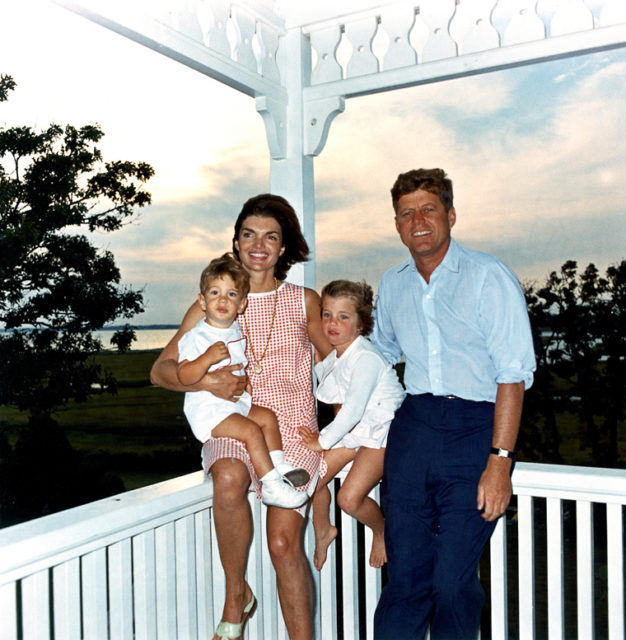
Belonging to one of the most prominent American families, John F. Kennedy was perhaps the most important figure of post-WWII politics. Avoiding an all-out nuclear conflict with the Soviet Union was part of his daily job, but it is less known that JFK spent his youth as a very handsome playboy. He spent time traveling Europe during his college years, sailing the Mediterranean, or traveling across South America.
Becoming involved in politics at an early age, Kennedy’s image of a young political figure was deemed welcomed by the American press and media. Kennedy and his wife Jacqueline Kennedy Onassis, former wife of a shipping magnate, Aristotle Onassis, used this image to gain incredible popularity. Their lifestyle and world views were largely influenced by the jet set society, as also they often found themselves on exclusive guest lists.
The lifestyle suited the couple, as they represented the liberal and optimistic post-war generations. By the time he was elected president, JFK was already acknowledged as the most-promising future leader of the United States whose leisure attitude, humor and wit were deemed necessary for the world on the brink of the Third World War. His assassination in 1963 was mourned by the entire world and marked the end of an era.
